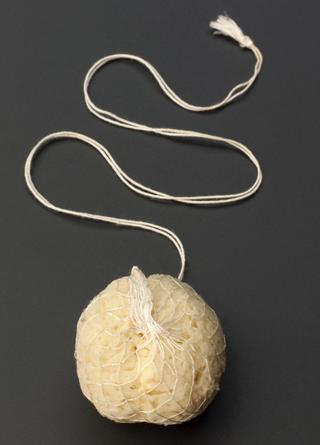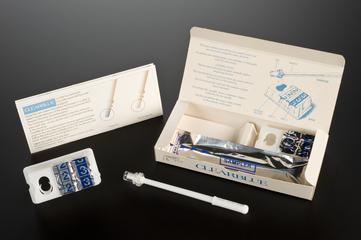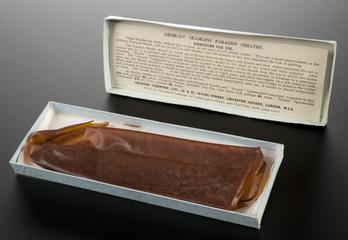
Gregory head box neonatal ventilator, continuous positive airway pressure, by Vickers Medical, England, c1973. Acquired from John Radcliffe Hospital - neonatal unit, Oxford. This type of device, originally known as a Gregory box, provided CPAP (Continuous Positive Airway Pressure unit). (In 1972, George Gregory was the first to write a paper describing the success of CPAP). Developed during the 1960s, CPAP made a major change to the way breathing problems in babies were managed in the 1970s. To give CPAP with this device the baby's head was put in the perspex box through a plastic sleeve sealed around the baby's shoulders. This allowed oxygen enriched air to be given at enough pressure to keep the lungs partially inflated all the time, stopping them from collapsing at the end of a breath. CPAP could be given via a head box like this, or a close fitting facemask, or a tube in the baby's windpipe. CPAP could be used alone, but the principle later became incorporated into many ways of ventilating babies. One step before tubes to the lungs.
Details
- Category:
- Obstetrics, Gynaecology & Contraception
- Object Number:
- 1987-373
- type:
- ventilators
- credit:
- John Radcliffe Hospital (Neo-natal Unit)




